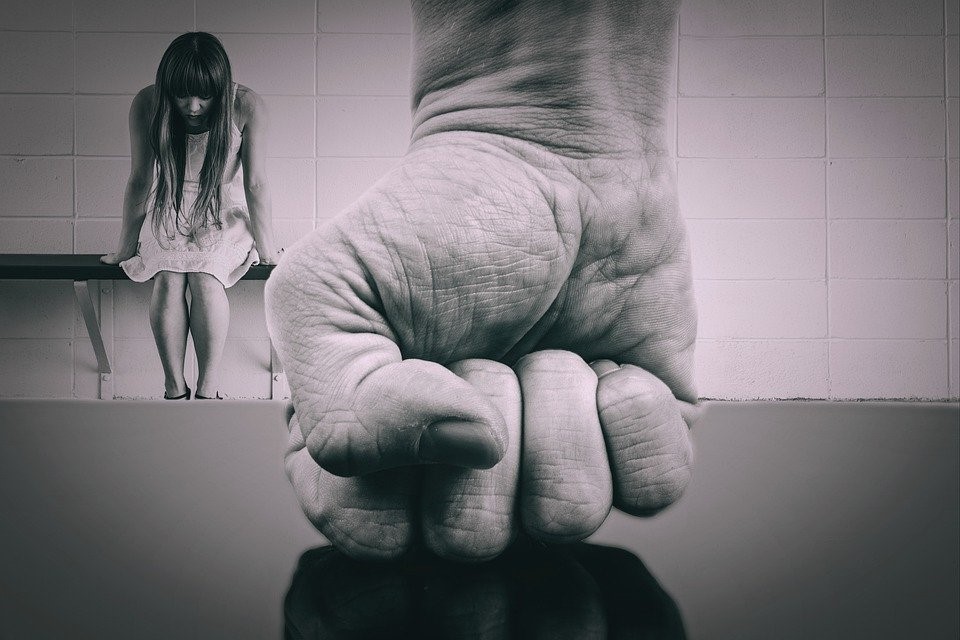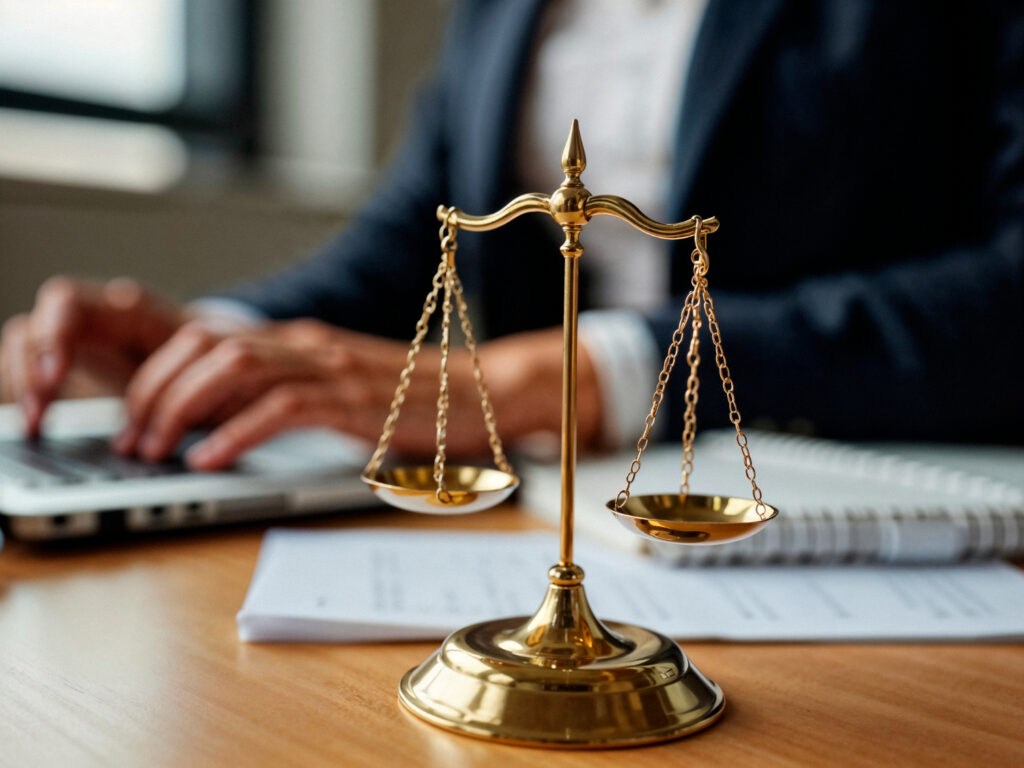Now Reading: Knowing Your Rights During a Domestic Abuse Case
-
01
Knowing Your Rights During a Domestic Abuse Case

Knowing Your Rights During a Domestic Abuse Case
We all know that domestic abuse has long been a problem in society, but coupled with the threat of COVID-19 and the fact that there are still areas where stay-at-home protocols and lockdowns are commonplace, some victims may be trapped at home with their abusive partners.
It’s normal to have disagreements with your partner, but it’s important to be able to discern healthy disagreements from abuse. What makes this a more difficult task is the fact that domestic abuse comes in many forms. A victim may not know that they are already being subjected to domestic abuse. As with any problem, the very first step is identifying it.
What Are the Forms of Domestic Abuse?
Most people limit the definition of domestic abuse to physical harm. The harrowing truth is that there are many kinds of domestic abuse, and while some of them might not seem as damaging as physical abuse, make no mistake that all forms are harmful. These types of domestic abuse are among the most common during the pandemic:
- Emotional abuse – This occurs when a victim is manipulated through attacks on their self-worth and self-esteem. The abuser often tries to establish a sense of helplessness in the victim, to a point that they are unable to act on their own accord.
- Financial abuse – This type of domestic abuse leaves a victim at a financial disadvantage through the misuse, deprivation, unauthorized control, or even theft of finances. A partner that dictates how the other should use their money, or makes unreasonable attempts to control the victims finances tends to do so in order to limit the ability of the victim to move freely.
- Psychological abuse – This refers to the use of intimidation and the use of isolation and fear to control the behavior of a victim. Gaslighting and guilt are some of the more known ways this type of abuse happens.
How Can Victims Protect Themselves?
If a victim is able to determine that their partner is indeed being abusive, the first thing to do is to call for help. There are many hotlines that cater to these types of scenarios. However, this is only possible if victims are not in immediate danger. In situations where there is immediate danger, victims should find a safe place to stay at and they should call the police immediately.
After the Abuse
One of the most frightening aspects of leaving an abusive relationship is losing stability and security. Not only this, but the difficulties that one would have to face in order to make a psychological and emotional recovery are other challenges that need to be addressed. Fear not, though; there is a wealth of resources available to assist victims with handling domestic violence.
Knowing what to do and when to get help can define whether a victim remains in a vicious cycle or whether that person is able to break free from the barbed embrace of an abusive relationship.








